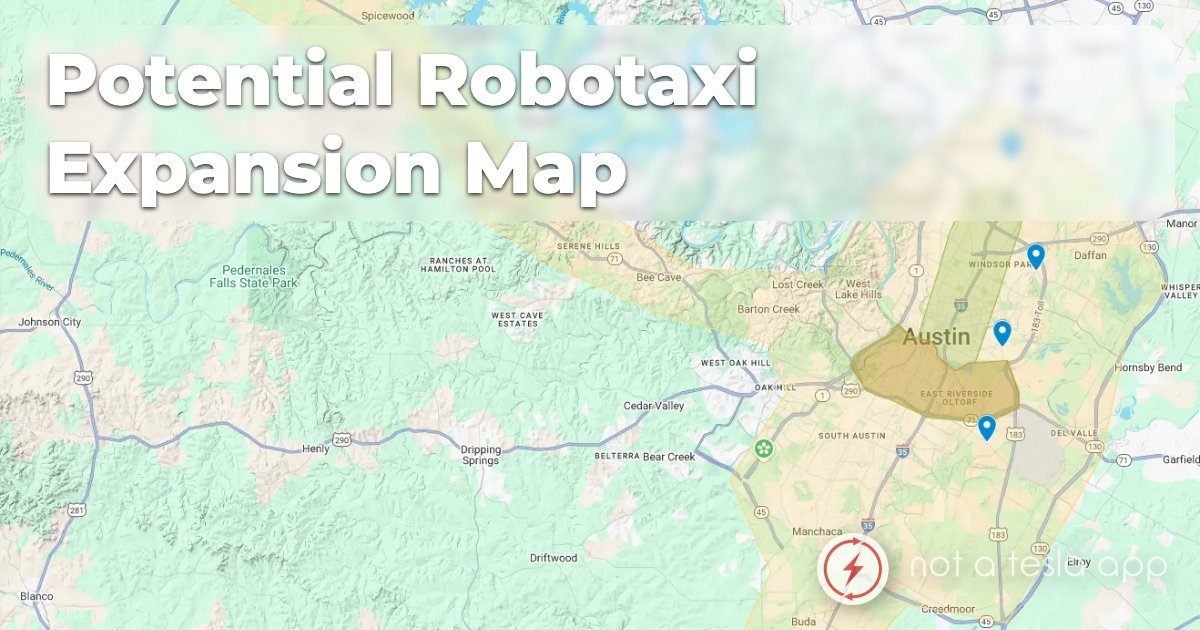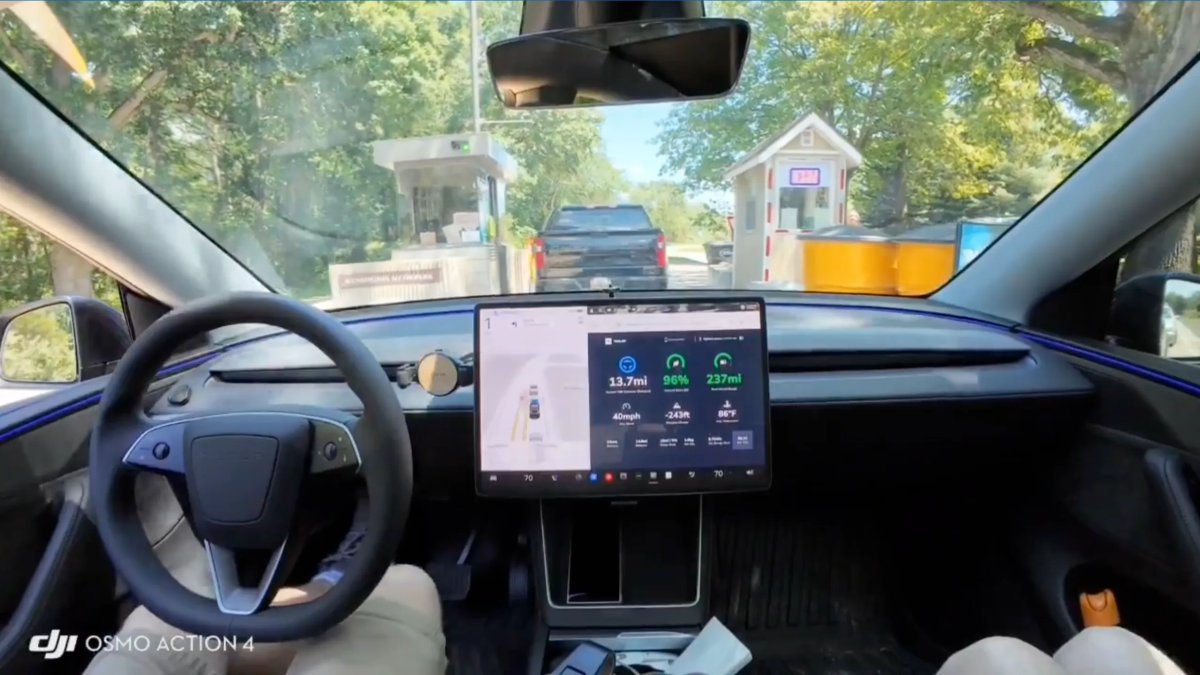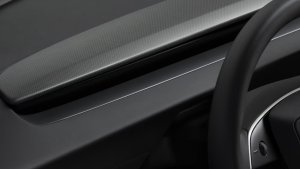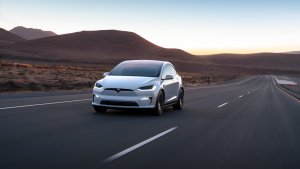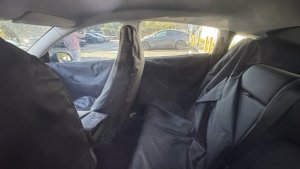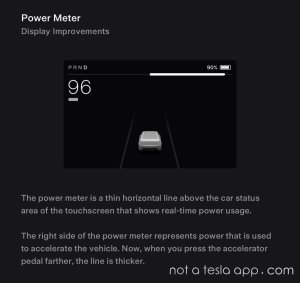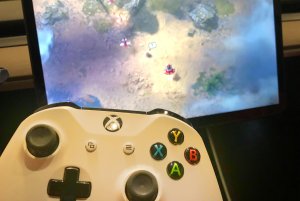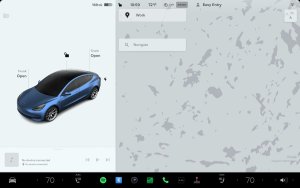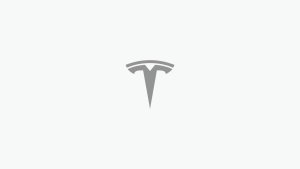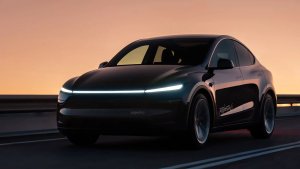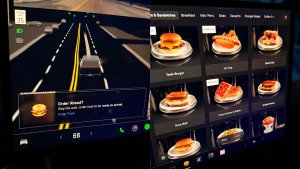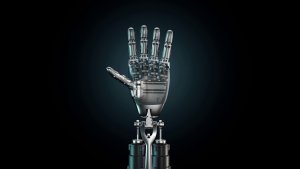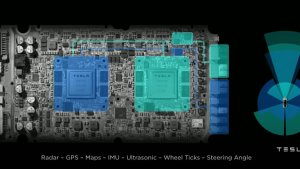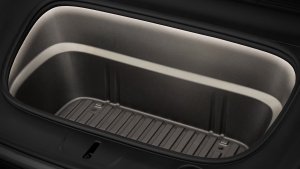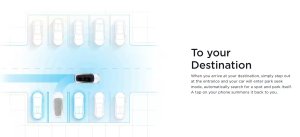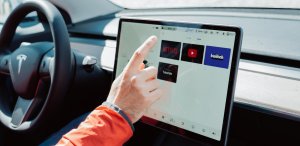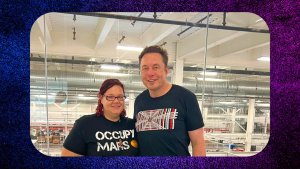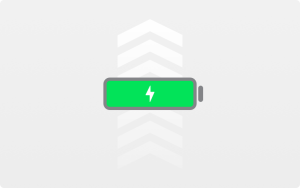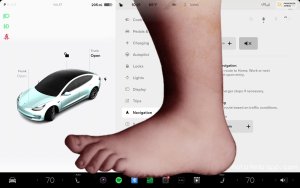Tesla Officially Unveils New Model S and Model X: All the Changes [Photos]
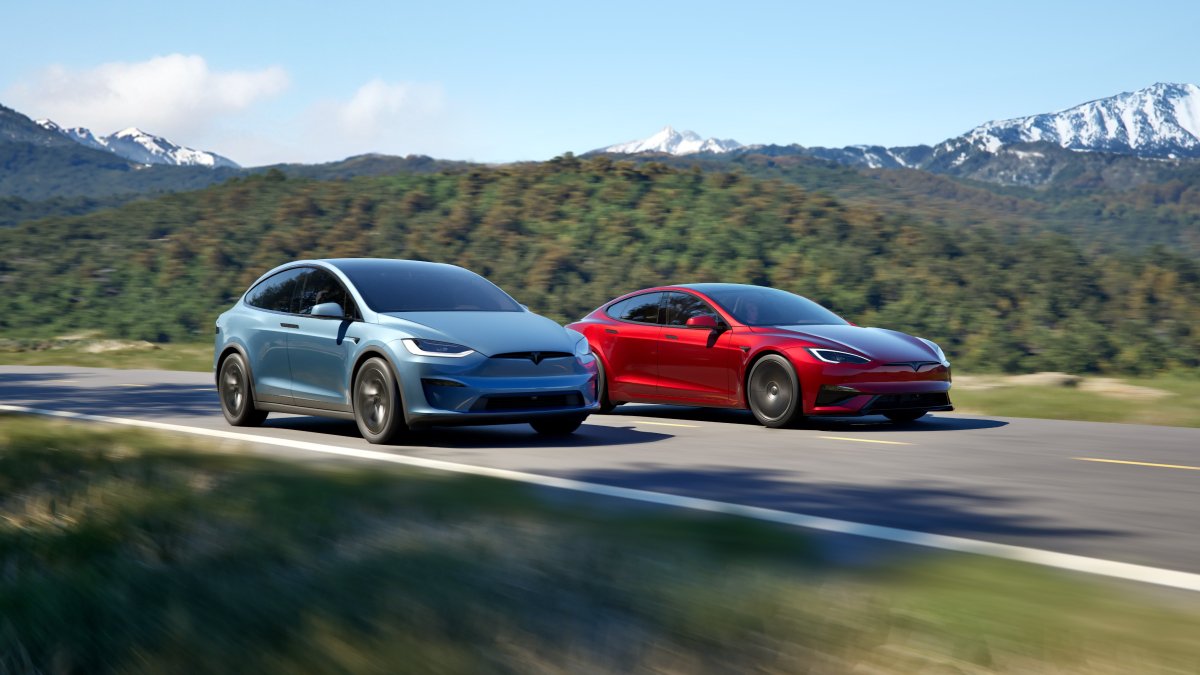
After numerous sightings and weeks of anticipation, Tesla has finally unveiled the refreshed Model S and Model X. While we knew what to expect, Tesla managed to sneak in a few additional improvements, such as increasing the range for these vehicles.
While not a ground-up redesign, this update introduces a front bumper camera, ambient lighting, new wheels, colors, and more.
Let’s go through all the changes.
Longer Range
Tesla is increasing the range of these vehicles, with the Model X seeing the biggest improvements. These changes are likely the result of improved aerodynamic efficiency from the new wheel designs and other smaller improvements.
The biggest gain comes from the Model X Long Range, which increases its range from 329 miles to 352 miles, an improvement of 23 miles or about 7%.
Below is a table with the new and old ranges for these vehicles.
2025 Model | 2026 Refresh | |
|---|---|---|
Model S Long Range | 410 mi | 410 mi |
Model S Plaid | 348 mi | 368 mi |
Model X Long Range | 329 mi | 352 mi |
Model X Plaid | 314 mi | 335 mi |
New Bumpers
The most noticeable exterior change is reserved for the Model S and X Plaid, which are both receiving an updated front fascia with a new, sportier bumper. While the change looks subtle, the new lower spoiler lip gives both vehicles a slightly more aggressive look while also improving aerodynamics, according to Tesla.
New Grill
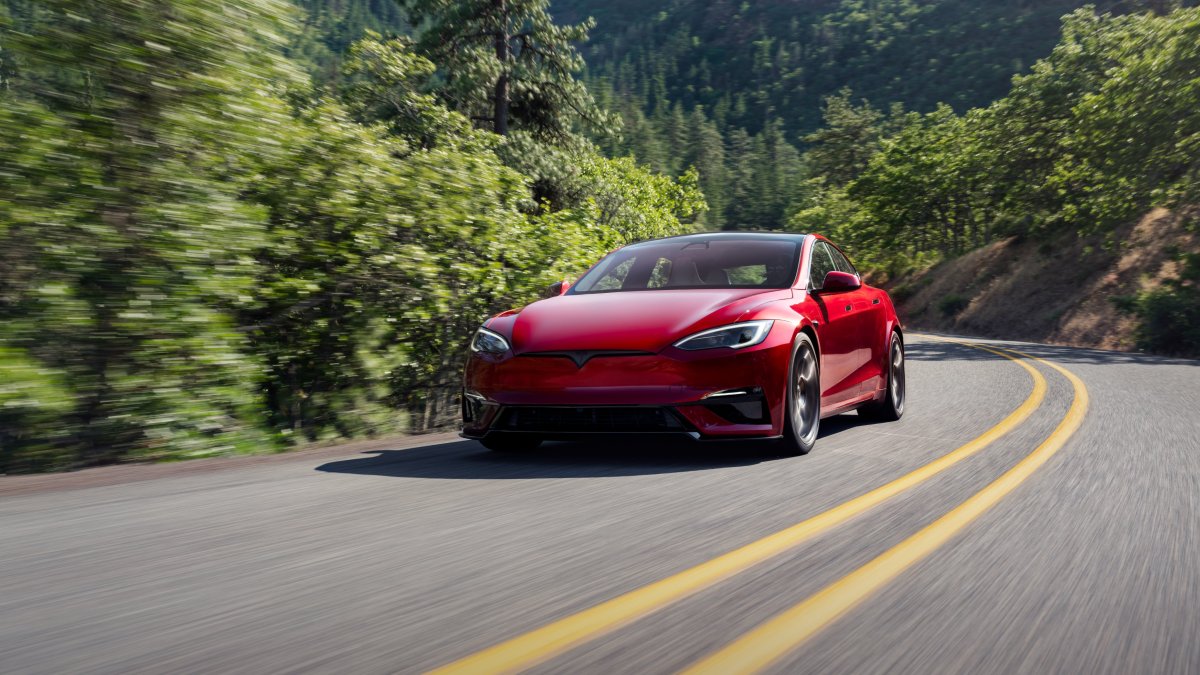
Tesla has also updated the grill on these vehicles slightly. The Long Range model now has the entire grill area, including the Tesla logo in matte black instead of chrome. The Plaid versions receive a carbon fiber accent in the grill, which helps the Plaid models stand out.
Front Bumper Camera
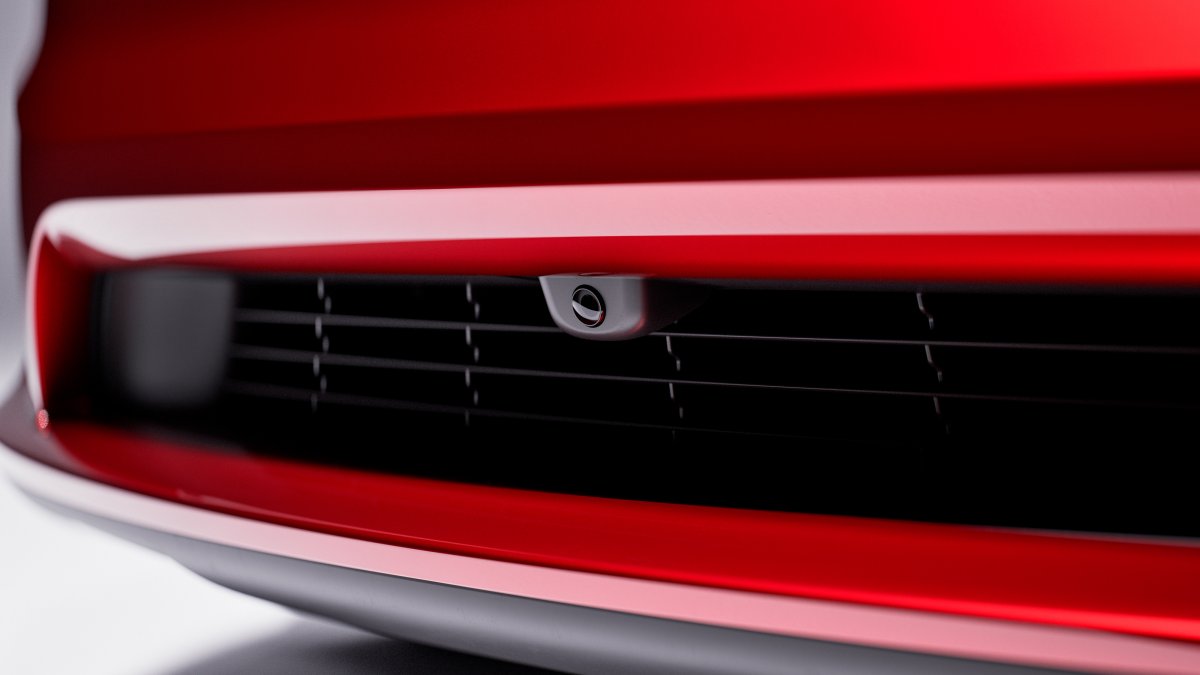
Putting the stylistic changes aside, embedded in that front bumper is a new front-facing bumper camera with this refresh. This finally brings the Model S and Model X on par with the Cybertruck and refreshed Model Y - and leaves the refreshed Model 3 as the last of Tesla’s vehicles without a bumper camera.
While Tesla isn’t using the new camera for low-speed maneuvering just yet, we think that they will require it for both Unsupervised FSD, as well as Banish, and future versions of Smart Summon. The front bumper camera also includes a washer, similar to the Cybertruck and new Model Y.
New Wheels
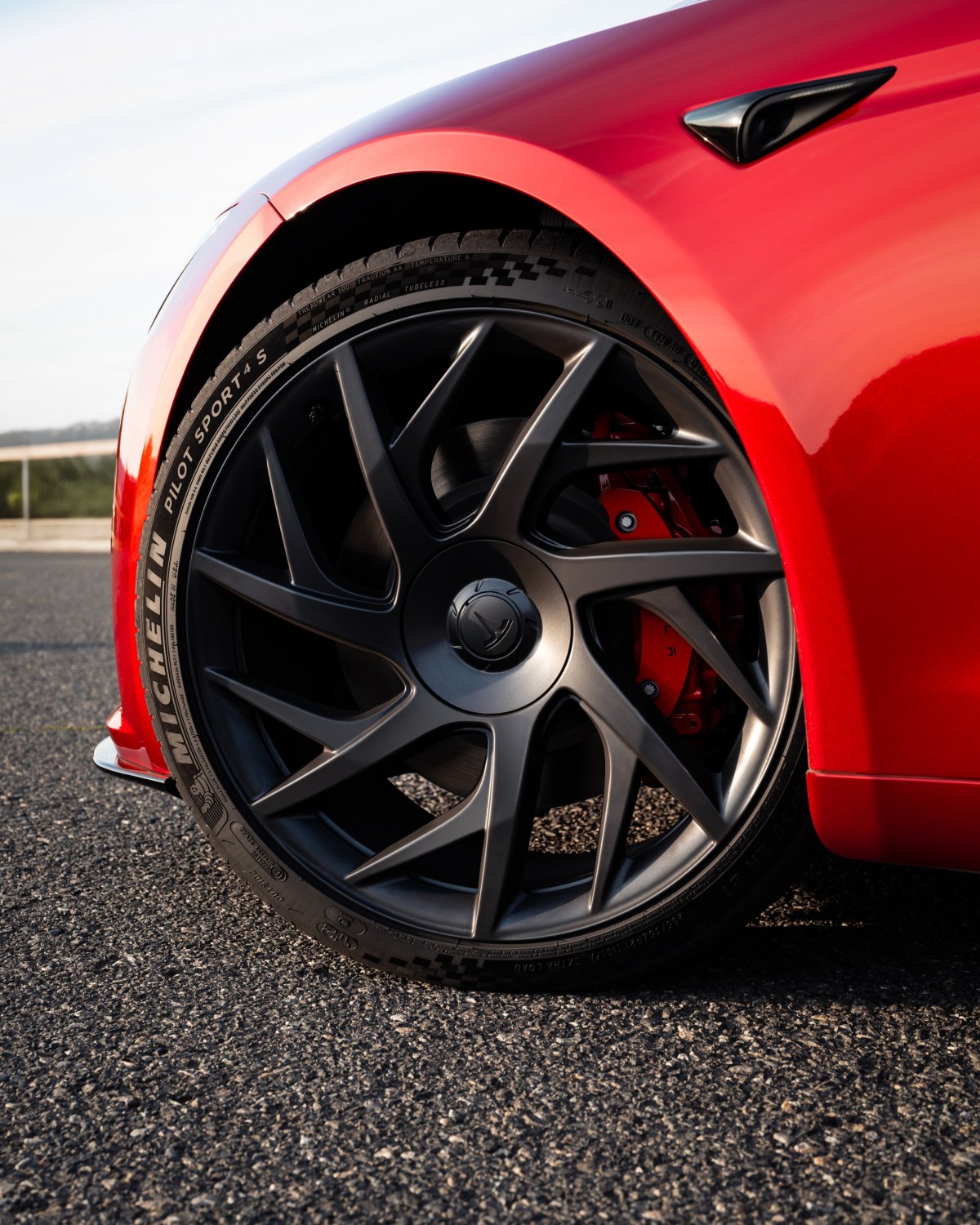
Tesla is introducing four new sets of wheels with new specifications for these updated models. The Perihelix wheels are standard on the Model X and the Magnetite wheels are standard on the Model S. Velarium wheels are a $4.5k premium for the Model S, while the Machina wheels on the X cost an additional $5,500.
However, as you can see in the table below, the optional wheels also reduce the range of these vehicles.
Wheel | Top Speed (LR) | Top Speed (Plaid) | Range (LR) | Range (Plaid) |
|---|---|---|---|---|
19” Magnetite (Model S) | 130mph | 149mph | 410mi | 368mi |
21” Velarium (Model S) | 149mph | 200mph* | 380mi | 328mi |
20” Perihelix (Model X) | 149mph | 149mph | 352mi | 335mi |
22” Machina (Model X) | 155mph | 163mph | 316mi | 303mi |
*The Plaid’s 200mph top speed requires the updated Track Pack, which is currently not available.
New Colors
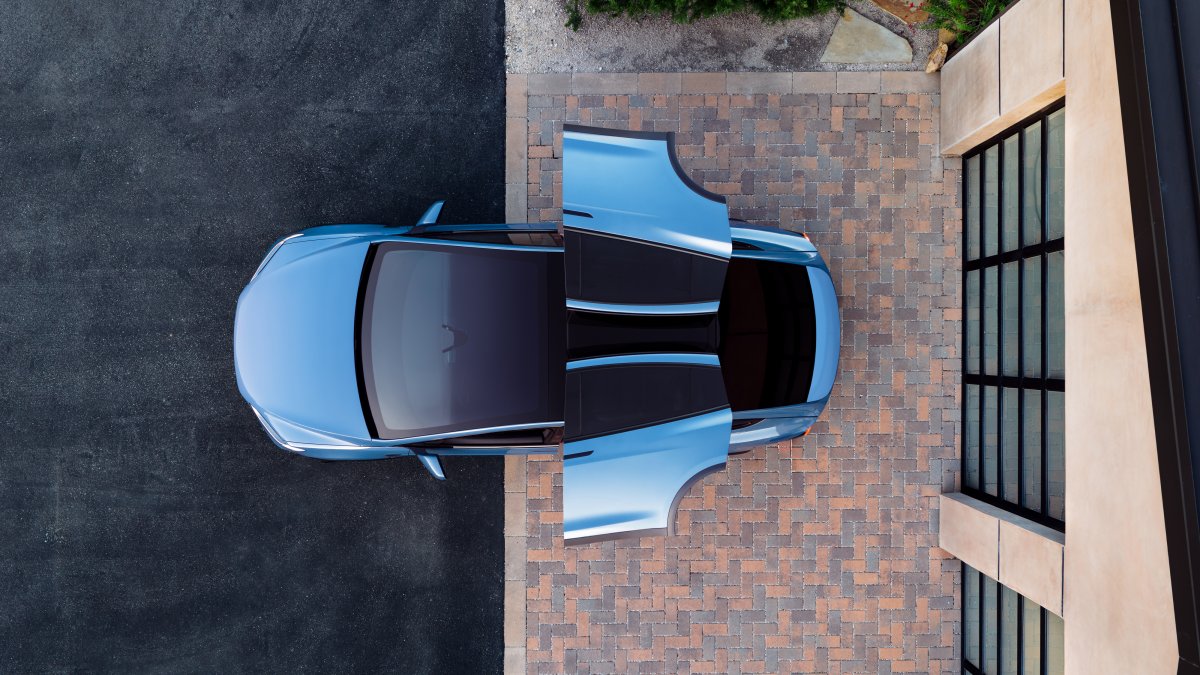
Joining the color palette for this refresh are two new colors. Frost Blue Metallic is a new light blue multi-coat paint option. Tesla is also introducing Diamond Black for both its flagship vehicles. The previous colors, Stealth Grey (Standard), Pearl White Multi-Coat, Ultra Red, and Lunar Silver, remain available as well.
Frost Blue will be a premium paint option for $2,500 USD, while Diamond Black will cost $1,500 USD.
New Animated Ambient Lighting
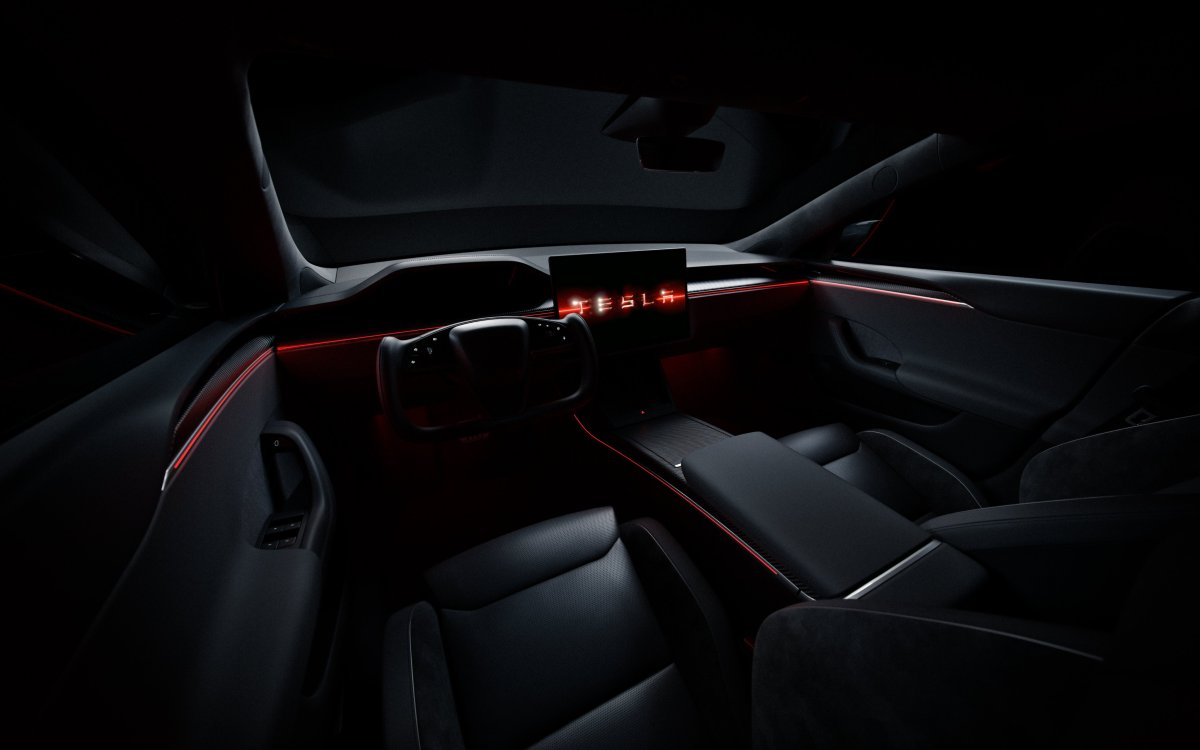
Inside, the refresh introduces a feature that has become a standard for the rest of Tesla’s lineup: multi-color ambient lighting. The configurable light strip wraps around the cabin, similar to the rest of Tesla’s vehicles, and offers owners some additional personalization. The light strip extends from the dashboard to both sides of the center console and through the front and rear doors.
Unlike the Model 3 and Model Y, the ambient lighting isn’t just on the dash and doors. Tesla also added it to the sides of the center console, which helps differentiate it slightly from the Model 3 and Y while also illuminating the cabin a little more.
Even more so, this ambient lighting can now be animated, allowing lights to transition to different colors so that the entire strip doesn’t need to be the same color.
A lot has been worked on. The outer changes kinda hide the changes underneath. The team looked at the Palladium Cars and worked though a ton of small improvements. Thermals, NVH, Chassis,... everything.
— Fjutcha (@fjutcha) June 13, 2025
All of these improvements across the car lead to a greater efficiency,…
LED Footwell Lights
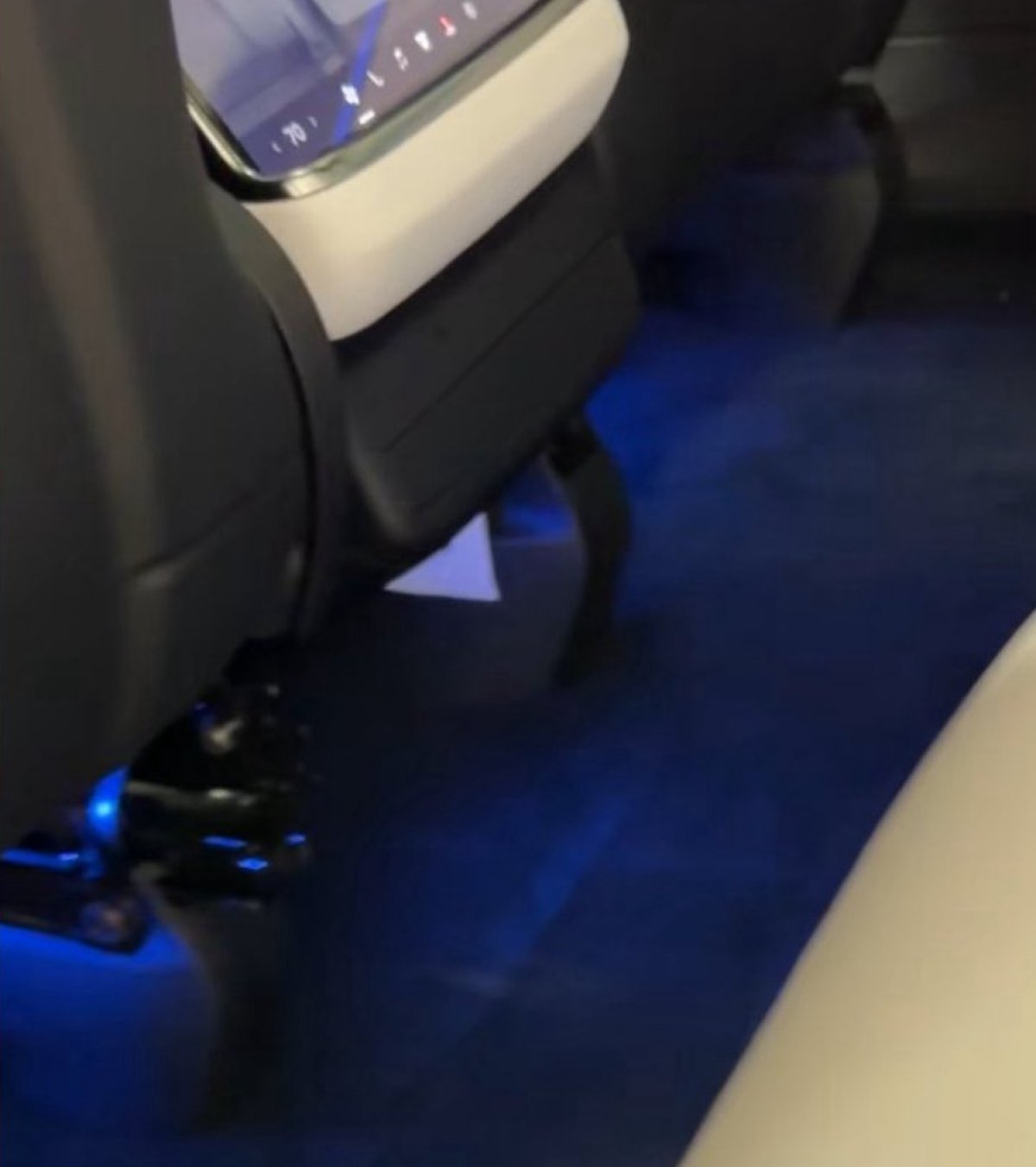
The LED footwell lights and door pocket lights are now also color-selectable, which is a new feature that’s exclusive to the Model S and X. The footwell and pocket lights can be controlled independently or synced to the light strip lighting. While these little touches are a nice addition, they don’t do much to set these vehicles apart from the Model 3 and Y.
New Entry Animation
The new startup animation for the updated Model S and X.
— Not a Tesla App (@NotATeslaApp) June 13, 2025
This animation is tied to the new animated ambient lighting, which allows the lights to transition to other colors instead of being all one color.
Everything included in the redesign:https://t.co/Op2CYU07sC pic.twitter.com/mDk1SJiDTI
Tesla added a new entry animation that plays when the driver or front passenger doors are opened, which is synced across the dash and door trim lighting. This is similar to the new Model Y Launch Series animation, but Tesla takes it to a new level here by incorporating it into the ambient lighting.
The animation begins on the center display, zooming out on a red-glowing Tesla logo. The red light then spreads to the instrument cluster and is then carried throughout the cabin via the ambient lighting. It’s a nice touch.
Update: Tesla just revealed that the color of the animation will actually change depending on the ambient color you’ve selected, so the Tesla wordmark will actually glow based on your preference. Although we’re not huge fans of “startup” animations unless they’re used to disguise a loading screen, this one does look pretty slick. Users will be able to turn it on or off in settings.
Improved Noise Isolation
The Model S and Model X have always been quiet compared to the Model 3 and Model Y, but Tesla says they’ve made it even quieter in this refresh. They reduced wind and road noise and improved their Active Noise Cancellation feature.
While it’s unclear how much quieter they are, these new vehicles are heavier than the version they replaced, so additional sound-dampening material was likely added.
Improved Suspension
In Tesla’s post on X, they say these models also have a smoother ride thanks to new bushings and an updated suspension design. Although Tesla likely didn’t update these vehicles to use the newer suspension in the Cybertruck, it’s good to know there are some improvements here as well.
Improved Third Row and Cargo Space
The Model X also gets a boost in practicality, with some additional room in the third row. Before anyone gets too excited about this, it’s important to understand that the frame of the vehicle hasn’t changed, so the improvements here are likely minor.
When we compare the cargo room information provided by Tesla for the previous vehicle to this new one, the total cargo space increases from 92 cubic feet to 94.5 cubic feet, representing a 2.5 cubic foot improvement. Although this appears significant, it’s unclear where the changes are coming from.
It’s possible they redesigned the bottom trunk area to expose more room that was available underneath the cabin, or they may have improved the third-row seats to expose the area underneath them, but unfortunately, we just don’t have enough information to know for sure.
Yoke Steering Wheel
While there are no changes to the steering wheel in these vehicles, Tesla is now making the optional yoke steering wheel only available on the Plaid models.
These vehicles initially launched with the yoke steering wheel, but Tesla later added an option to choose between the yoke or standard steering wheel option. Soon after, Tesla made the yoke steering wheel a $1,000 option and the standard wheel became the default option. Now, the yoke steering wheel is only available as an optional upgrade for the Model S and Model X Plaid variants.
Same FSD and MCU Hardware
While the interior and exterior have received some light touch-ups, the actual hardware that powers the infotainment unit and FSD has not been upgraded.
While Tesla is already working on HW5, it’s not due out until sometime next year. These vehicles, just like the Model 3 and Y, will include FSD HW4 and the AMD Ryzen (MCU3) powered infotainment unit.
Price Increase
Tesla has updated the pricing on both the Model S and Model X, increasing the price by $5k across the various trim levels.
While the refreshed models included a few surprises, many were hoping for larger changes and potentially even some of the Cybertruck’s innovative features, such as Powershare or the 800V architecture that Tesla said would be coming to future models.
The absence of these features and the price increase leave some wondering whether these vehicles may be worth the price, especially since so many features were brought over to the new Model 3 and Model Y.
In February, Tesla had already increased the price of these vehicles by $5k, bringing the Model S Long Range from $75k to $80k and now $85k.
2025 | 2026 | |
|---|---|---|
Model S Long Range | $79,990 | $84,990 |
Model S Plaid | $94,990 | $99,990 |
Model X Long Range | $84,990 | $89,990 |
Model X Plaid | $99,990 | $104,990 |
Production, Shipping, Discounts
Given that the changes to the design are relatively minimal, Tesla likely has only a few minor tooling updates to make. Over on the website, new orders have an estimated delivery window of approximately 3 to 5 weeks.
Tesla will likely begin reaching out to customers who’ve previously ordered a new Model S or Model X and note that the vehicle they receive will be the refreshed variant instead. Those customers previously had a 2-4 week wait before their orders were ready.
It seems likely that over the next few weeks, Model S and Model X inventory vehicles will begin to receive some light discounts to get any leftover vehicles moving. In general, Tesla keeps a relatively low inventory of its two flagships, so if you spot an older S or X and are in the market for a discount, this will likely be your chance.











